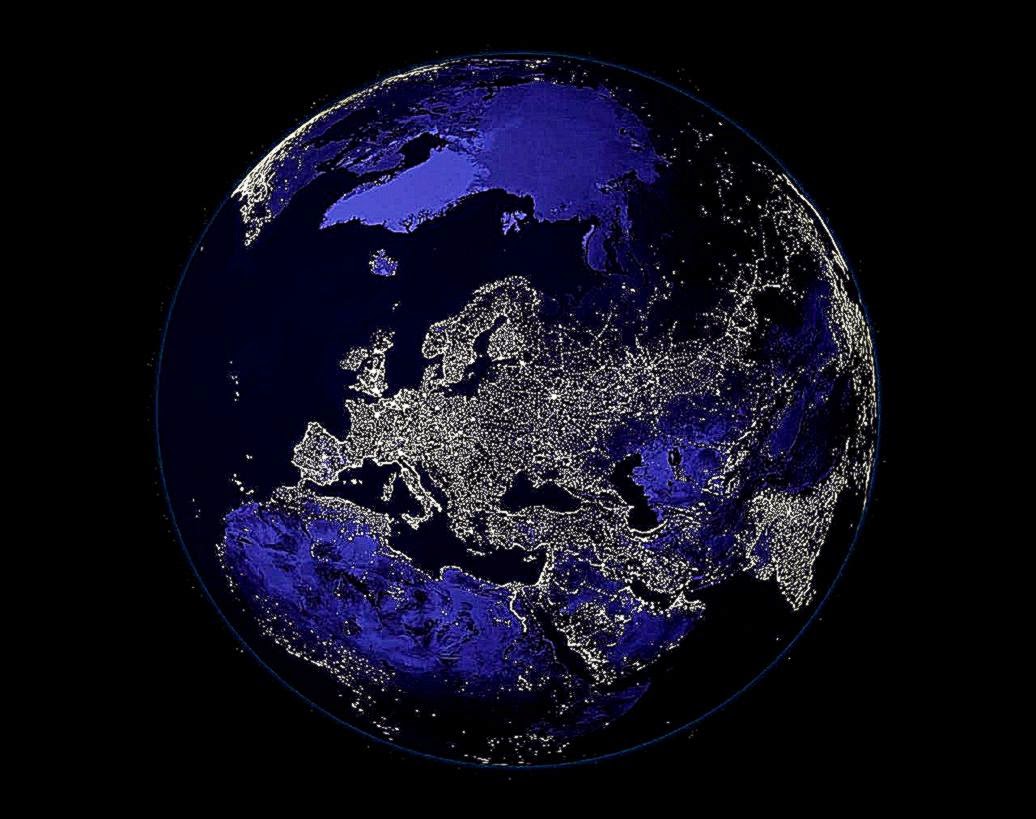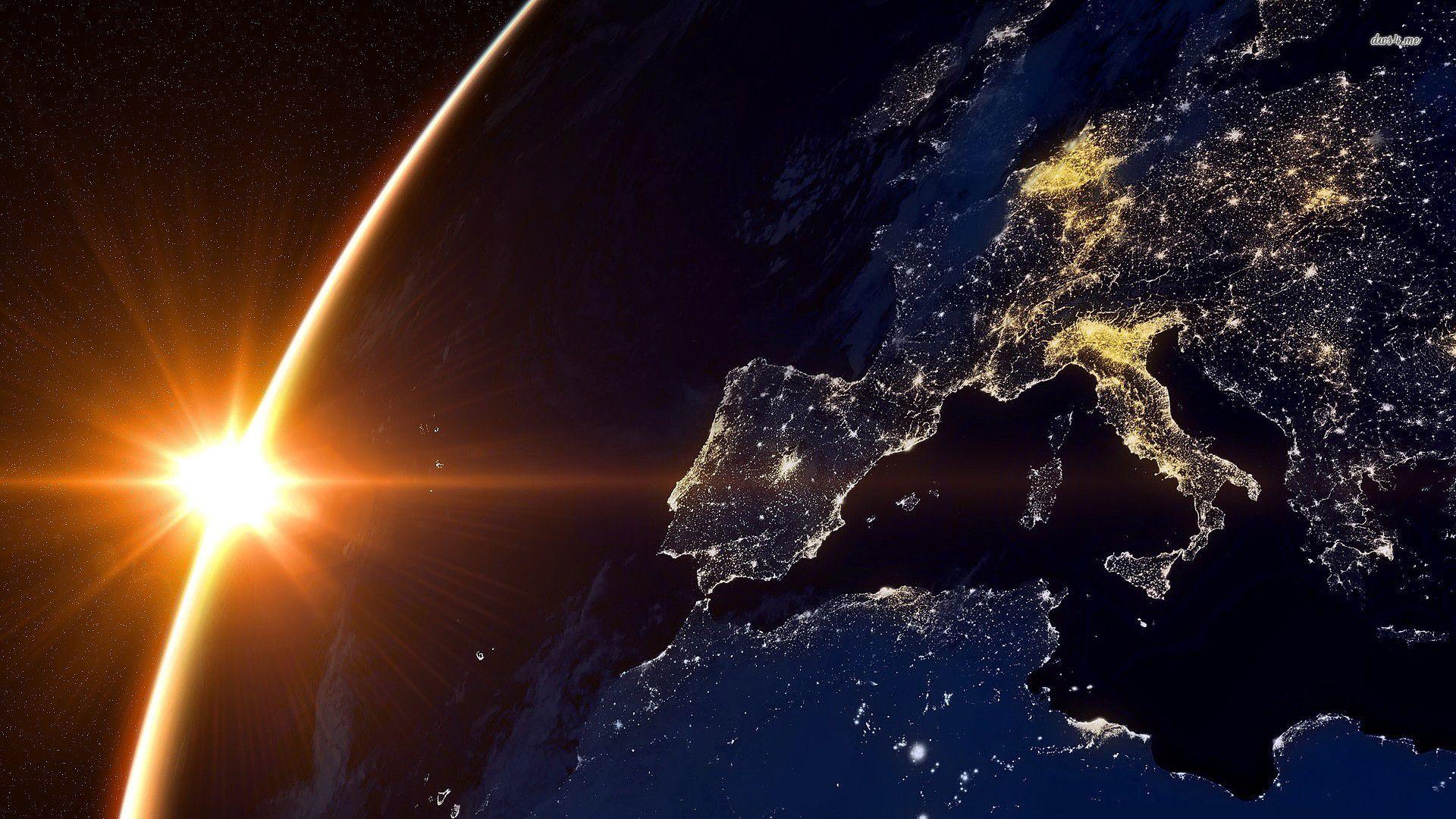


Include a hyperlink to the following URL: Additionally, always indicate that theĪrticle has been re-published pursuant to a CC BY-NC 4.0 License and Always incorporate a link to the original version of theĪrticle on Stacker’s website. Republished text - whether to Stacker, our data sources, or otherĬitations.

Original source of the story and retain all hyperlinks within the
Attribution: Make sure to always cite Stacker as the. In doing so, you’re agreeing to the below guidelines. To publish, simply grab the HTML code or text to the left and paste into Restrictions, which you can review below. Republish under a Creative Commons License, and we encourage you to To that end, most Stacker stories are freely available to Stacker believes in making the world’s data more accessible through You may also like: Can you solve these real 'Jeopardy!' clues about the oceans? Sourced from NASA's various exploration programs via NASA's image library, these satellite images, captured from millions of miles away, show an up-close and personal view of our ever-changing planet. Stacker curated a gallery of some of the most intriguing and interesting images of Earth from space. Today's satellite images are significantly more complex, and while they might look like simple photographs, they are actually the result of combining measurements of various light wavelengths. Mengel conducted experiments by launching rockets into orbit and placing cameras on them. The first satellite images were captured back in 1947 when scientist John T. Utilizing the data from satellite images also provides a wide range of information about the Earth, from measuring plant growth to chemical deviations in the atmosphere. Images of the Earth captured by satellites not only help scientists map things like population density, but they also showcase the effects of climate change, natural disasters, and major weather fronts. While expeditions to strange new worlds sound exciting, one of the most important aspects of space exploration is that it allows scientists to study our own planet. 
Since then, NASA has had more than 200 successful, manned spacecraft launches and sent out more than 1,000 unmanned satellites. quickly followed with its own launch of Explorer 1 in 1958. Russia launched the first satellite, Sputnik, in 1957. As modern science expands and evolves, so too does its investigation of the cosmos-including thousands of satellites that are now orbiting the Earth. From satellite launches and manned missions to stepping on the moon and planning a visit to mars, our obsession with space exploration seems to only grow. Our fascination with space and the worlds beyond our own comes from a deep-seated human desire to better understand our place in the universe.








 0 kommentar(er)
0 kommentar(er)
